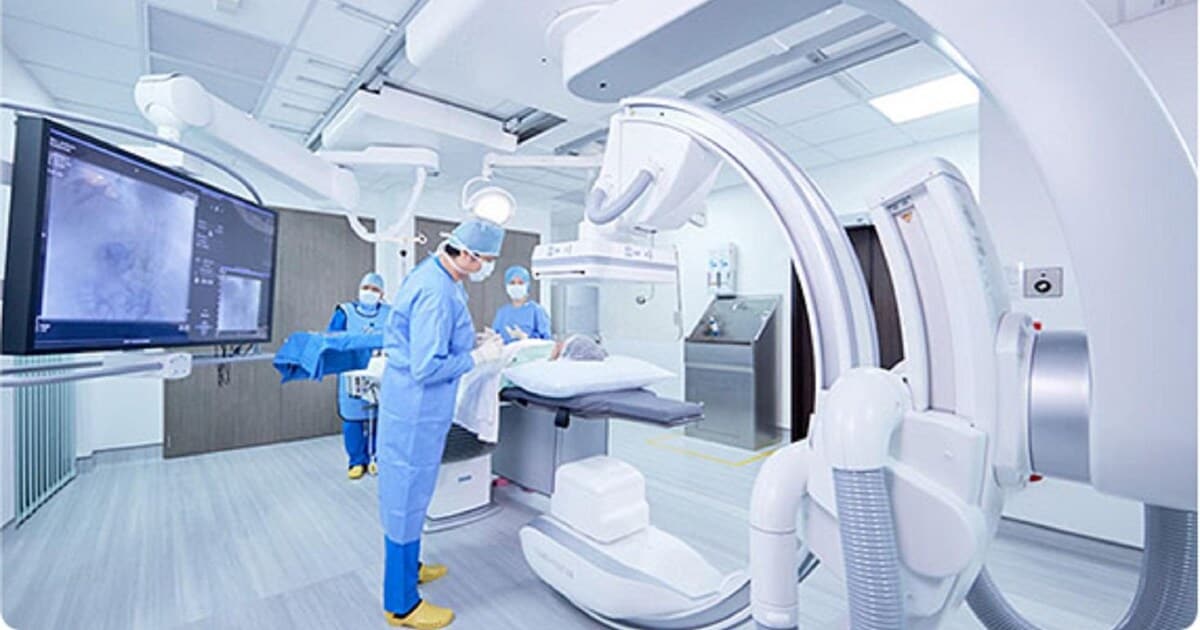A recent Seqrite report highlights a troubling rise in cybersecurity threats within the healthcare industry, with Trojans accounting for over 43% of malware detections.
Healthcare industry faces rising cybersecurity threats: Seqrite report

Key Takeaways:
- Healthcare sector faces rising cybersecurity threats.
- Trojans make up 43.38% of malware detections in healthcare.
- Seqrite report sheds light on malware trends affecting healthcare.
- Malware poses substantial risks to patient data and operations.
- Urgent need for enhanced cybersecurity measures in the industry.
Rising Threats in Healthcare Cybersecurity
The healthcare industry is confronting a surge in cybersecurity threats, as revealed by a recent report from Seqrite. This escalating challenge underscores the vulnerability of critical health systems and the urgent need for robust security measures.
Dominance of Trojans in Malware Attacks
Malware detections within the healthcare sector are overwhelmingly dominated by Trojans, which account for a staggering 43.38% of all identified threats. This statistic highlights a significant trend where cybercriminals exploit Trojans to infiltrate healthcare networks, potentially accessing sensitive patient information and disrupting vital services.
Insights from the Seqrite Report
Seqrite’s report sheds light on the prevalent cyber risks facing healthcare organizations. The dominance of Trojans indicates a targeted approach by attackers, aiming to exploit weaknesses in healthcare cybersecurity infrastructures. These attacks can lead to severe consequences, including data breaches and operational disruptions.
Impact on Patient Data and Operations
The proliferation of malware poses substantial risks not only to the integrity of healthcare operations but also to patient privacy. Malicious software like Trojans can compromise electronic health records, leading to identity theft, financial fraud, and erosion of trust in healthcare providers.
Call for Enhanced Cybersecurity Measures
This alarming trend signals an urgent need for the healthcare industry to bolster its cybersecurity defenses. Implementing advanced security protocols, regular system updates, and staff training on cyber threat awareness are critical steps in mitigating these risks.
Conclusion
As cyber threats continue to rise, the healthcare sector must prioritize cybersecurity to protect its operations and the patients it serves. The findings from the Seqrite report serve as a crucial reminder of the challenges ahead and the collective effort required to combat cybercrime in healthcare.











